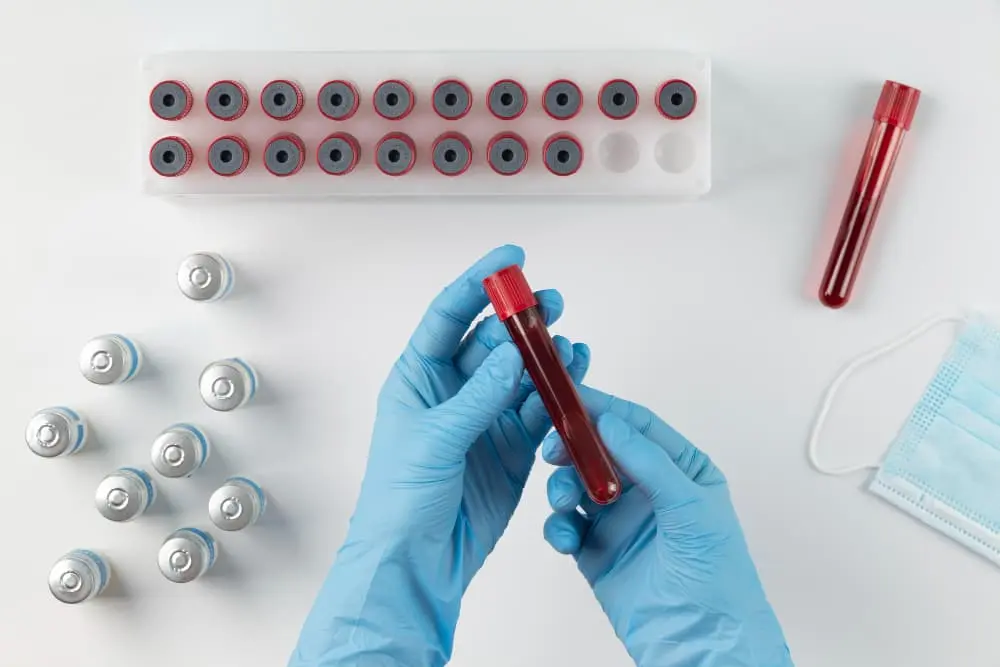
Hair loss is a common concern that can significantly impact self-esteem and confidence. While traditional treatments like medications and hair transplants are widely available, they may not work for everyone or deliver the desired results.
Stem cell therapy is gaining attention as an innovative solution in hair restoration, utilizing the remarkable regenerative properties of stem cells to promote hair growth and enhance scalp health.
This guide will break down the science behind stem cell therapy, explain the treatment process, and outline what patients can expect from this cutting-edge technique.
Exploring Stem Cell Therapy for Hair Restoration
Stem cell therapy is a revolutionary approach to addressing hair loss by tapping into the body’s ability to heal and regenerate. These specialized cells have the exceptional capability to develop into a variety of cell types, including those responsible for forming hair follicles.
In hair restoration, this treatment focuses on reactivating weakened or inactive hair follicles, encouraging the natural regrowth of hair and enhancing overall scalp health.
How Stem Cells Aid in Hair Regrowth
Stem cells serve as the body’s essential “repair system,” capable of renewing themselves and transforming into the specific cells needed for tissue regeneration.
Once injected into the scalp, stem cells work to “awaken” hair follicles that have become inactive or weakened. They trigger these follicles to re-enter the anagen (growth) phase of the hair cycle, which is vital for the production of new hair shafts. The therapy also improves the health of active follicles, leading to thicker, stronger, and more resilient hair.
Stem cells not only regenerate hair follicles but also boost the overall condition of the scalp. They promote angiogenesis, the formation of new blood vessels, which increases circulation to the scalp. This enhanced blood flow delivers vital oxygen and nutrients to the hair follicles, creating an optimal environment for sustained growth.
Comparing Stem Cell Therapy with Traditional Hair Loss Treatments
Conventional hair restoration methods, such as hair transplants and platelet-rich plasma (PRP) treatments, offer effective solutions but come with notable limitations:
- Hair Transplants involve surgically transferring hair follicles from donor areas to bald or thinning regions. While results can be dramatic, the procedure is invasive and requires a longer recovery period.
- PRP Therapy utilizes growth factors derived from the patient’s blood to stimulate hair regrowth. However, the results may vary and are often temporary.
Stem cell therapy provides a more innovative alternative, targeting the root cause of hair loss by regenerating hair follicles themselves. This leads to natural-looking, longer-lasting results.
Additionally, it is a minimally invasive treatment, requiring less downtime and posing fewer risks compared to surgical options. For individuals seeking advanced, convenient, and effective hair restoration, stem cell therapy represents an exciting breakthrough.
Benefits of Stem Cell Therapy for Hair Loss

Stem cell therapy is gaining popularity as an innovative solution for hair loss, offering a host of advantages for those looking to restore their hair naturally and effectively. Below are some of the key benefits:
1. Encourages Natural Hair Regrowth
Stem cell therapy stimulates dormant hair follicles to re-enter the active growth (anagen) phase of the hair cycle. This process promotes the development of new hair strands in areas experiencing thinning or baldness. The regrowth is entirely natural, resulting in improved hair density and a fuller appearance without artificial enhancements.
2. Improves Scalp Health
A healthy scalp is essential for sustaining robust hair growth. Stem cell therapy enhances scalp health by:
- Boosting blood circulation: The treatment encourages the formation of new blood vessels, ensuring hair follicles receive adequate oxygen and nutrients.
- Reducing inflammation: By calming irritation in the scalp, stem cells create a more favorable environment for hair growth. These improvements lead to thicker, stronger, and healthier hair over time.
3. Minimally Invasive and Non-Surgical
Unlike hair transplant procedures, stem cell therapy does not involve surgery. The treatment:
- Avoids incisions and sutures: This minimizes risks such as scarring or infections.
- Offers a quicker recovery: Patients can typically resume normal activities within a day, experiencing little to no downtime. The entire process is performed in a clinical setting and involves minimal discomfort, making it an appealing option for individuals seeking a low-risk solution.
Stem cell therapy combines effectiveness with convenience, providing natural-looking results while improving overall scalp health. This advanced approach is particularly well-suited for those seeking a non-invasive alternative to traditional hair restoration methods.
Who is a Good Candidate for Stem Cell Therapy?
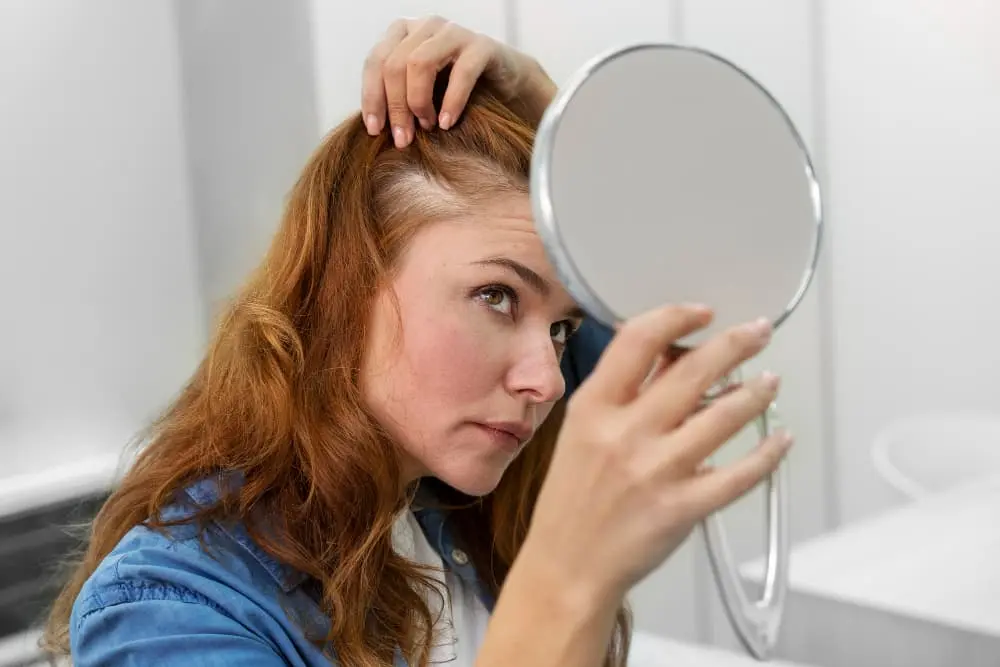
Stem cell therapy is an innovative solution for hair restoration, but it’s not a one-size-fits-all treatment. Understanding whether you’re an ideal candidate can help you set realistic expectations and achieve the best outcomes. Generally, stem cell therapy is well-suited for individuals who meet the following criteria:
1. Experiencing Early Stages of Hair Loss
Stem cell therapy is most effective for those dealing with:
- Hair thinning or receding hairlines.
- Areas of the scalp where hair follicles are still active but require stimulation.
For individuals with advanced hair loss or complete baldness (when hair follicles are no longer present), stem cell therapy may not yield significant results.
2. Having Realistic Expectations
While stem cell therapy can significantly improve hair density and scalp health:
- It’s not a cure-all for all types of hair loss.
- Results often develop gradually, requiring several months for noticeable improvements.
Being informed about the potential outcomes ensures a positive treatment experience.
3. Being in Good General Health
Candidates should:
- Be free from severe medical conditions that may interfere with healing.
- Maintain a healthy lifestyle, as this supports better results and reduces potential risks during treatment.
How to Determine Eligibility
To confirm if stem cell therapy is suitable for you, a consultation with a qualified hair restoration specialist is essential. During the evaluation, the specialist will:
- Examine your hair loss pattern and scalp condition.
- Review your medical history and assess any underlying health conditions.
- Discuss your goals and expectations for the treatment.
- Consider any medications or supplements you are currently taking.
Be prepared to address:
- Your hair loss concerns and how they’ve progressed over time.
- Any previous treatments or procedures you’ve tried.
- Your overall lifestyle and health habits.
By carefully analyzing these factors, your specialist can design a personalized treatment plan that aligns with your specific needs and expectations, ensuring the most effective and satisfying results.
The Treatment Process
Stem cell therapy for hair restoration involves a carefully designed, step-by-step process that includes the extraction, preparation, and injection of stem cells into the scalp. Here’s how the procedure unfolds:
Stem cells are typically sourced from areas like adipose tissue (fat) hair follicules or skin tissue (behind ears), both of which contain high concentrations of regenerative cells. The extraction process is minimally invasive and performed under local anesthesia to ensure patient comfort. A small amount of tissue is removed using a specialized technique, and the harvested material is sent for processing.
After extraction, there are 2 options:
First; The collected material undergoes a laboratory process to isolate and purify the stem cells. This step involves concentrating the stem cells and ensuring they remain viable for use. The preparation is done under stringent conditions to maximize their regenerative potential, preparing them for targeted application to the scalp.
The other option is G-cell treatment. SVF (Stromal Vascular Fraction) with G-Cell. SVF involves extracting fat tissue from areas like the belly and hips through lipoaspiration. Micrograft Treatments with G-Cell for hair and skin: Samples are taken from the scalp.
In the final phase, the prepared stem cells are carefully injected into areas of the scalp experiencing thinning or hair loss. These injections are performed with precision to deliver the cells directly to the hair follicles. The stem cells then work to rejuvenate the follicles, encouraging new hair growth and improving the overall health of the scalp.
What to Expect During and After the Treatment
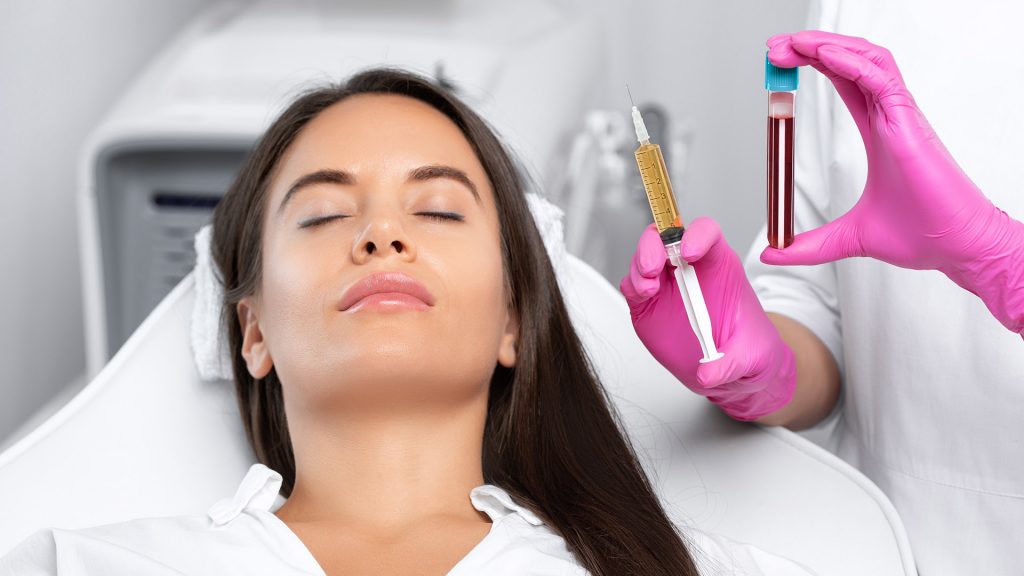
Stem cell therapy for hair restoration is a simple outpatient procedure, allowing patients to return home the same day. Here’s a breakdown of what happens during the treatment and what you can expect afterward:
During the Treatment
The session begins with cleansing the scalp to ensure a clean treatment area. A local anesthetic is applied to numb the scalp, ensuring the procedure is as comfortable as possible. Once the scalp is prepared, the processed stem cells are injected into the targeted areas using fine needles. Most patients report only minimal discomfort during the injections. The entire procedure usually takes around an hour.
Recovery Tips and Aftercare
After the procedure, it’s normal to experience slight redness, swelling, or tenderness at the injection sites, which typically subside within a few days. Your specialist will provide you with aftercare instructions, such as:
- Keeping the scalp clean and dry: Wash your hair gently using a mild shampoo, avoiding harsh scrubbing.
- Avoiding strenuous activities: For the first few days, refrain from intense exercise or activities that cause heavy sweating.
- Protecting the scalp from sun exposure: Use sunscreen or wear a hat when outdoors to shield the treated areas.
- Following additional instructions: Your specialist may recommend specific steps tailored to your treatment plan.
When to Expect Results
Patience is essential, as hair growth occurs gradually. Many patients notice initial improvements in hair thickness and density within a few months. However, the full effects of the treatment typically become apparent over the course of a year. Your specialist will schedule follow-up appointments to track your progress and provide any additional guidance.
Why Choose Istanbul Hair Institute for Stem Cell Therapy?
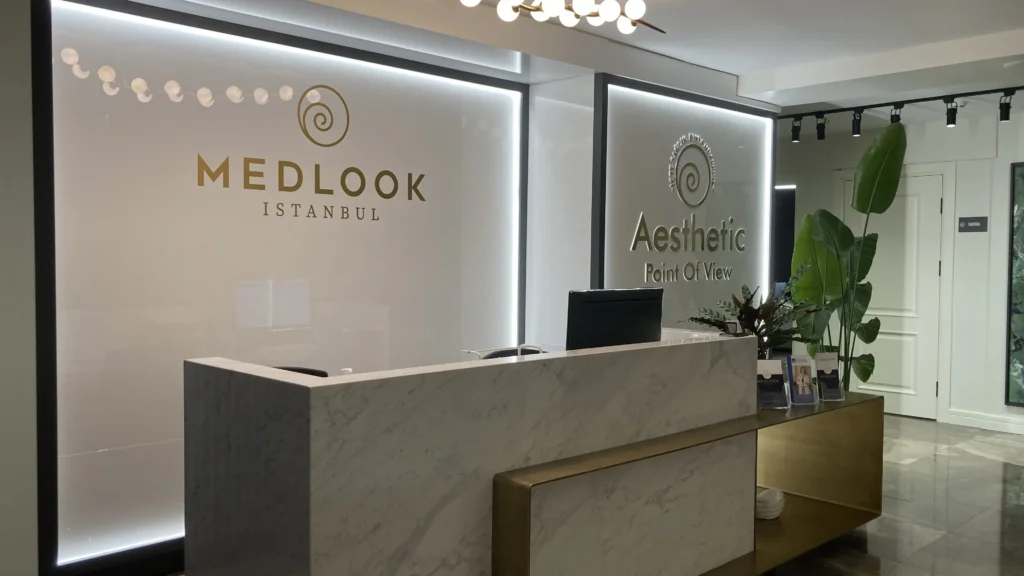
Istanbul Hair Institute stands out as a premier destination for cutting-edge hair restoration treatments, including stem cell therapy. Here’s what makes us the trusted choice for this innovative solution:
Expertise and Experience
Our team of seasoned hair restoration doctors is highly trained in advanced stem cell therapy techniques. With extensive experience and a deep understanding of hair loss treatments, we ensure that every patient receives the highest standard of care.
State-of-the-Art Technology
We are committed to utilizing the latest technologies and equipment to deliver safe, effective, and reliable results. Our clinic is equipped with state-of-the-art facilities, creating a comfortable and sterile environment to enhance the success of every procedure.
Personalized Treatment Plans
At Istanbul Hair Institute, we recognize that every individual’s hair restoration journey is unique. Our doctors take the time to understand your specific concerns and goals, crafting a tailored treatment plan designed to deliver the best possible results.
Focus on Patient Satisfaction
Your satisfaction is our top priority. From your initial consultation to post-treatment follow-ups, our dedicated team is here to support you every step of the way. We aim to make your experience as comfortable, informative, and positive as possible.
Trusted Excellence in Hair Restoration
Istanbul Hair Institute is dedicated to helping you regain your hair and confidence through innovative and effective treatments. If you are considering stem cell therapy for hair loss, our expertise, advanced technology, and personalized care make us the ideal partner for your journey.
Contact us today to schedule your consultation and take the first step towards achieving your hair restoration goals!
Recent Posts
-
 Does Creatine Cause Hair Loss? Separating Fact from Fiction21 Jan 2025
Does Creatine Cause Hair Loss? Separating Fact from Fiction21 Jan 2025 -
 How Long Does Hair Transplant Last? A Comprehensive Guide to Long-Term Results15 Jan 2025
How Long Does Hair Transplant Last? A Comprehensive Guide to Long-Term Results15 Jan 2025 -
 Hair Loss After Hair Transplantation: Is It Normal and What to Do?13 Jan 2025
Hair Loss After Hair Transplantation: Is It Normal and What to Do?13 Jan 2025 -
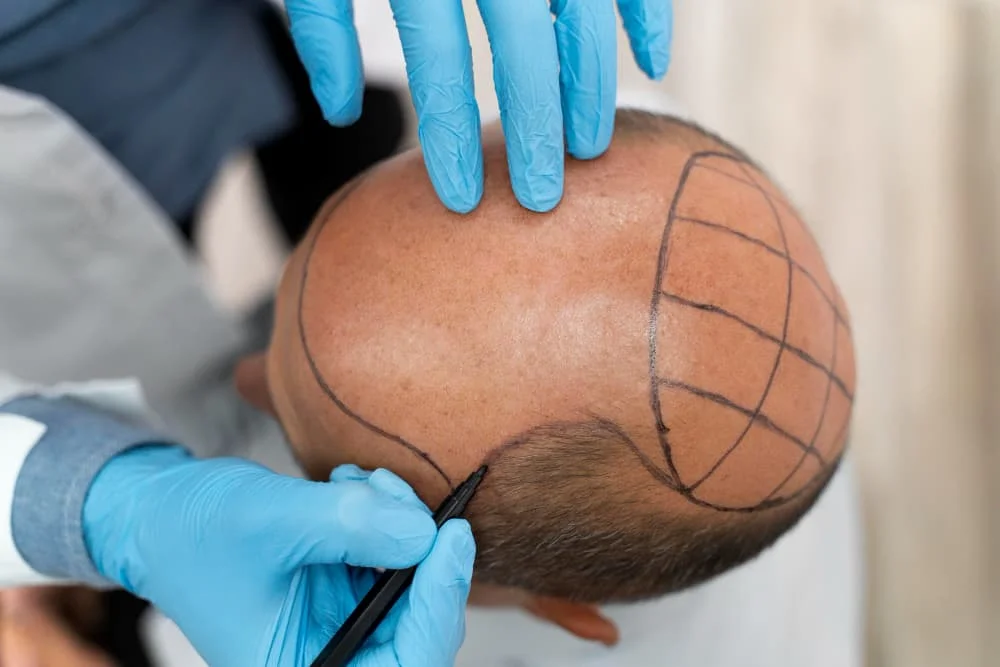 Donor Area in Hair Transplant: All You Need to Know - Istanbul Hair Institute06 Jan 2025
Donor Area in Hair Transplant: All You Need to Know - Istanbul Hair Institute06 Jan 2025 -
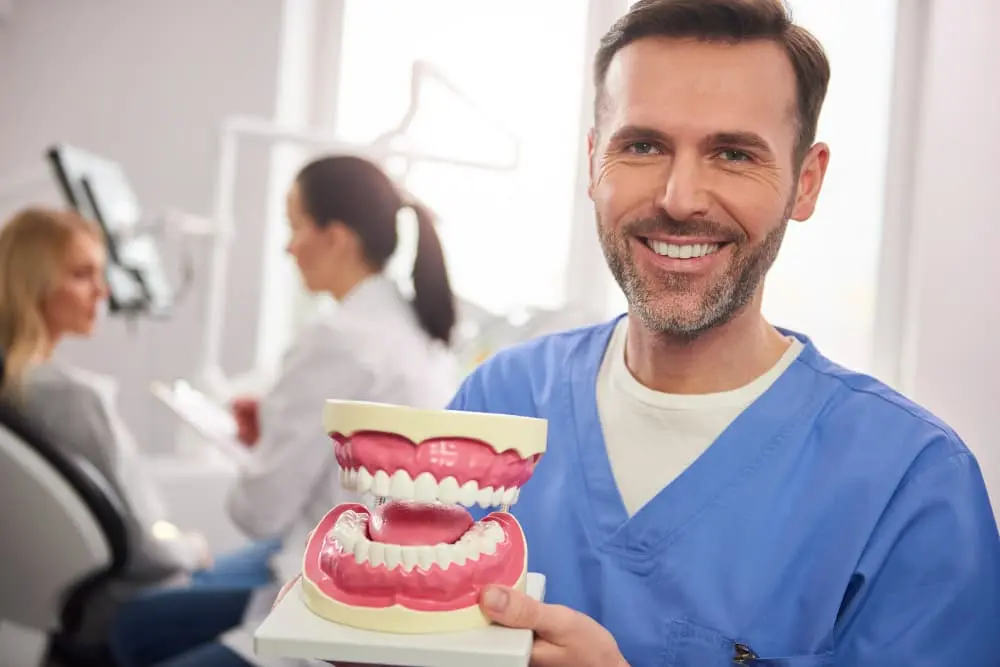 The Connection Between Oral Health and Overall Health03 Jan 2025
The Connection Between Oral Health and Overall Health03 Jan 2025

